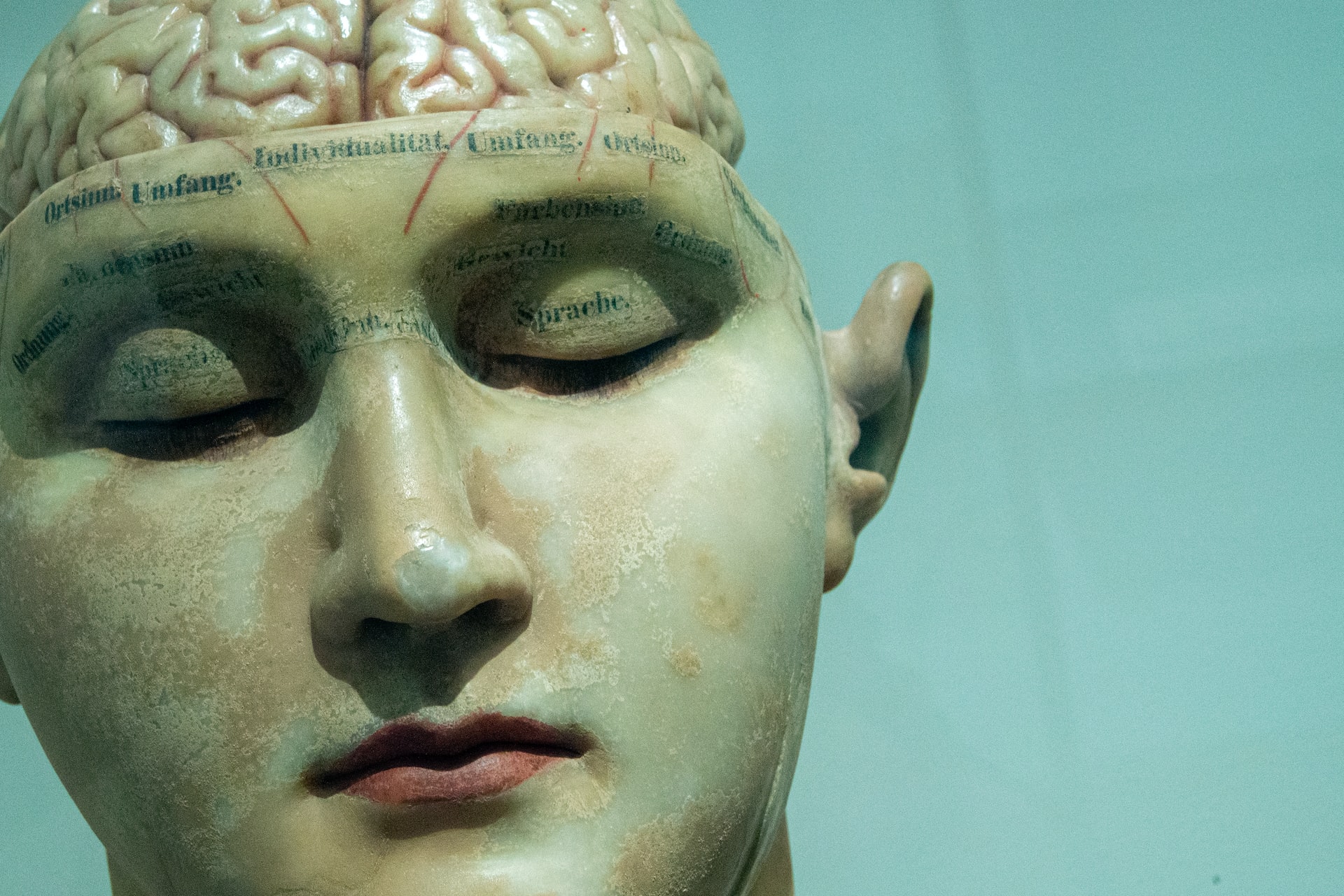Tell me about brain ischemia mri
Brain ischemia occurs when there is a lack of blood flow to the brain, resulting in a decrease in oxygen and nutrients to the brain cells. This can lead to serious complications and even permanent brain damage. One way to detect and diagnose brain ischemia is through the use of MRI imaging.
MRI, or magnetic resonance imaging, is a non-invasive diagnostic tool that uses magnetic fields and radio waves to produce detailed images of the body’s organs and tissues. It is a commonly used imaging technique for the brain as it provides high-resolution images that can help identify any abnormalities or changes in brain structure.
When it comes to detecting brain ischemia, MRI plays a crucial role in identifying the affected areas and assessing the severity of the condition. Brain ischemia can be caused by various factors such as a blood clot, atherosclerosis (narrowing of blood vessels), or a ruptured aneurysm (bulging blood vessel). These can all be detected through MRI imaging.
The most common type of MRI used for diagnosing brain ischemia is the diffusion-weighted imaging (DWI) MRI. This technique uses a strong magnetic field to map out the movement of water molecules in the brain. When there is reduced blood flow to a particular area of the brain, the water molecules will move less freely, and this can be seen on the DWI images as a bright spot. This indicates a lack of oxygen in that area, which is a tell-tale sign of brain ischemia.
Another useful MRI technique for detecting brain ischemia is perfusion-weighted imaging (PWI). This method involves injecting a contrast agent into the patient’s bloodstream, which then travels to the brain and highlights areas with reduced blood flow. The contrast agent shows up on the images as bright spots, making it easier for doctors to identify the affected areas. PWI is particularly helpful in identifying small areas of ischemia that may not be visible on other imaging techniques.
Apart from detecting brain ischemia, MRI can also provide information on the severity of the condition. By using a technique called diffusion tensor imaging (DTI), doctors can assess the extent of damage to the brain’s white matter, which is responsible for transmitting signals between different regions of the brain. This can help determine the prognosis and guide treatment decisions.
In addition to diagnosing brain ischemia, MRI can also assist in ruling out other conditions that may mimic its symptoms, such as brain tumors or multiple sclerosis. This is important as the symptoms of brain ischemia can be similar to those of other neurological disorders, and an accurate diagnosis is crucial for appropriate treatment.
MRI is a safe and painless procedure, making it suitable for patients of all ages. However, there are some precautions to consider before undergoing an MRI scan. Patients with pacemakers, metal implants, or cochlear implants may not be able to undergo an MRI as the strong magnetic field can interfere with these devices. It is important to inform the doctor beforehand if you have any of these implants.
In conclusion, MRI plays a crucial role in the diagnosis and management of brain ischemia. Its high-resolution images and ability to detect changes in brain tissue make it an essential tool for identifying this condition. Early detection of brain ischemia is crucial in preventing further damage and improving outcomes for patients. If you experience any symptoms of brain ischemia, such as sudden weakness or numbness on one side of the body, difficulty speaking, or loss of vision, it is important to seek medical attention immediately. An MRI scan can help confirm the diagnosis and guide appropriate treatment for a better chance at recovery.





